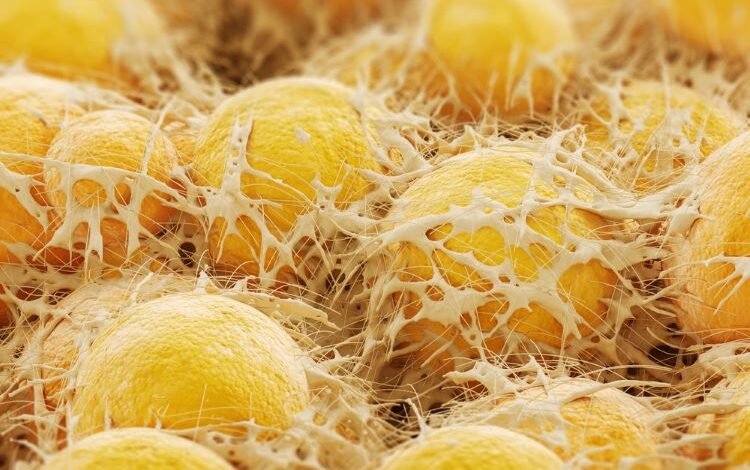Key microbial contamination source in ATMP manufacture identified

Researchers say they are the first to demonstrate contamination of over 40 percent of lipoaspirate samples for adipose tissue-derived stem cell (ADSC)-based advanced therapy medicinal product (ATMP) manufacture.
A two-year study monitoring microbial contamination of adipose tissue-derived stem cells (ADSC)-based advanced therapy medicinal products (ATMP) during manufacture, showed over 40 percent of lipoaspirate samples were contaminated with thirteen different microorganisms.
over 40 percent of lipoaspirate samples [from ADSC-based ATMPs] were contaminated with thirteen different microorganisms”
This is the first study to show this observation, according to the authors of the paper.
The contamination was identified as being physiological flora from human skin. As contamination is apparently related to the tissue donor site, the starting material for ADSC-based ATMPs should be considered contaminated even if it is harvested under the strictest regimen. Therefore, noted to the authors, decontamination steps must be routinely implemented.
Microbial contamination was successfully eliminated from the final ATMPs through additional microbiological monitoring and decontamination steps at various stages of production, the authors later wrote.
The short shelf-life of ATMPs and the time needed to obtain the results of microbiological analysis, means the final product is often administered to the patient before sterility is confirmed.
Tissue used for cell isolation is not sterilised to maintain cell viability. Therefore, controlling and ensuring microbiological purity at all stages of production is crucial, the paper stated.
Results of the two-year ATMP manufacturing study
During the two-year clinical trial, 22,173 samples from good manufacturing practice (GMP) Grade A and B areas were collected.
The researchers stated the results show the importance of sterility tests that were already performed at the stage of material acquisition in the clinic, in the case of ADSC. Two extra samples, from tumescent fluid and lipoaspirate, are recommended to be controlled.
Consequently, not only the additional routine decontamination of tissue but also the individual adaptation of further steps, eg, the duration of culture, may be applied. This will extend the duration of exposure to antibiotics as well as allow time for the microbiological results to be obtained, explained the authors.
For ATMP manufacture, the authors proposed possibly extending the time in culture, with additional freezing if necessary. This will determine need for additional decontamination depending on the results of the tests.
Environmental monitoring revealed incidental bacterial or fungal growth. Yet this did not result in any product contamination and was reduced due to an effective quality assurance (QA) system. Among the collected samples, only 248 (1.12 percent) showed bacterial or fungal growth.
In the study’s laboratory, most cases of microbial contamination were found to be due to cleanroom windows and door handles.
In the second year of the trial, the study observed that improving procedures decreased the number of contaminated samples, from 44.6 percent to 36.4 percent in cooperating clinics included in the trial. No contamination from microbial sources on the working surfaces was observed. This confirms the importance of continuous staff training as well as a constant verification of staff behaviour patterns in clean rooms, according to the authors.
Results documented the successful implementation of the additional steps of the procedure. This included the repeated rinsing of the starting material in an antibiotic and antimycotic solution.
Which bacteria were identified as sources of microbial contamination?
The predominant bacterial genus isolated in the study was Bacillus spp. (44 percent), Micrococcus spp. (27 percent), and Staphylococcus spp. (19 percent). Other bacterial genera accounted for 10 percent of all of the identified microorganisms.
A previous study by Sandle noted that 97 percent of the bacteria recovered from 40 Grade A and B cleanrooms and clean zones were Gram-positive, the paper stated.
This current study identified most microorganisms were also Gram-positive bacteria.
The percentage of positive samples decreased in the second year of manufacturing (1.68 percent compared to 1.94 percent). The reason for this was because of increased staff experience and training during the manufacturing period.
decontamination steps should be included at the very beginning of manufacturing”
Szabłowska-Gadomska et al. concluded that GMP “specific to this type of product must be elaborated and implemented by the manufacturer and the clinic to obtain a sterile product.” However, that does not prevent the obtaining of a sterile final product for release from the clinic as long as appropriate actions are taken.
To prevent these contamination events, additional routine decontamination steps should be included at the very beginning of manufacturing, according to the authors.
Source link
#Key #microbial #contamination #source #ATMP #manufacture #identified